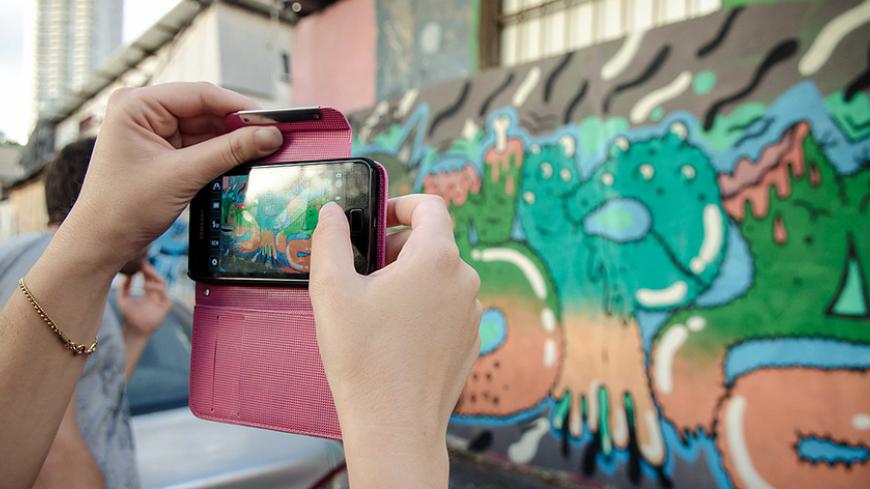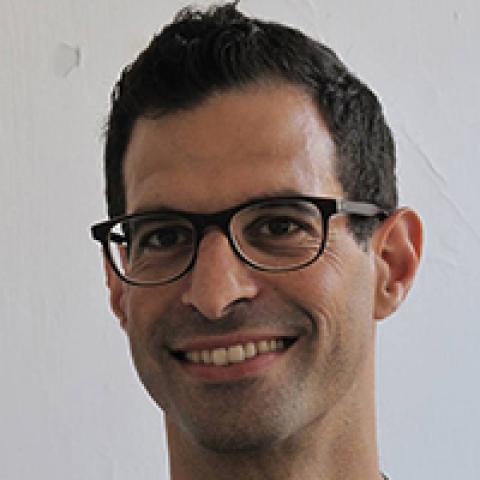An impressive mural by the Israeli artist Klone greets customers entering Tel Aviv’s Sarona Market, one of the city’s most sated, rich and megalomaniacal venues, located in the shadow of luxurious upscale apartment towers. Klone made a name for himself as an underground graffiti artist in the city’s unmanicured areas, creating in the dark of night, below the radar of the establishment. The cooperation between these two seemingly contradictory elements — a graffiti artist and a prestigious real estate venture — attests to the connection developed between street art and money, marketing and branding, especially in the context of urban real estate in Israel.
Today private compounds buy street art, a paradox in itself, while cities seem pleased that graffiti artists decorate the streets and create a contemporary urban buzz — as long as it's in poor, disadvantaged neighborhoods like Florentine in Tel Aviv and the lower city in Haifa. According to research on street art, a young and well-to-do crowd is drawn to this vibe and will gradually change the face of these neighborhoods. They will push out the poor and the artists who created the neighborhoods’ character and then “clean up” the street art — in other words, get rid of the very thing that drew them there in the first place.



